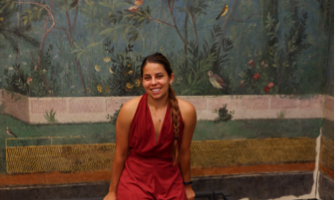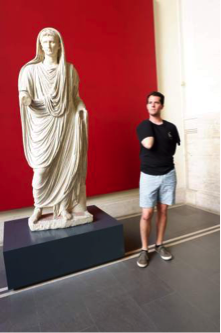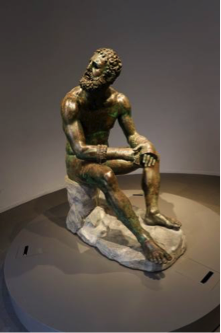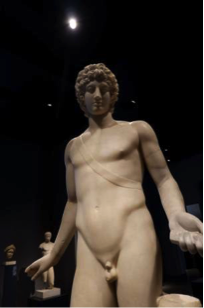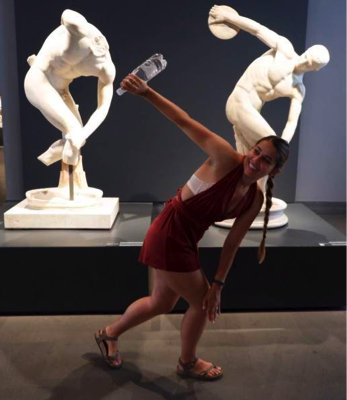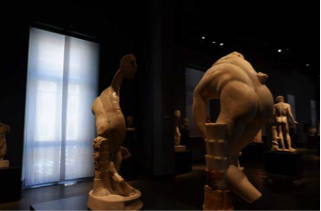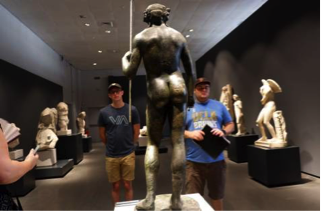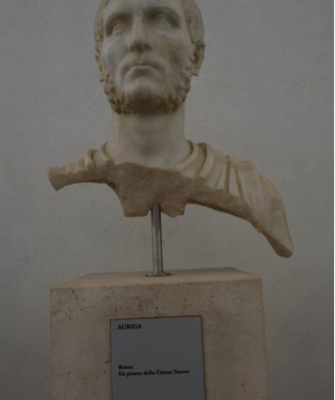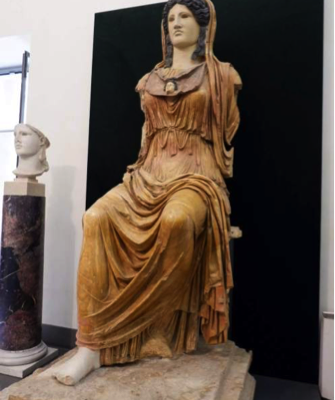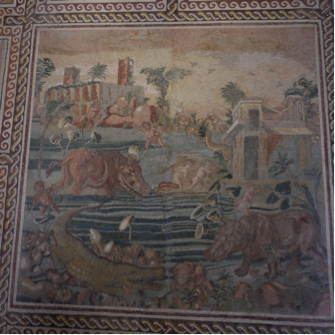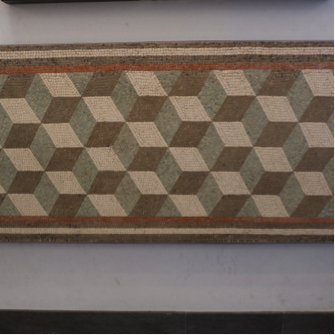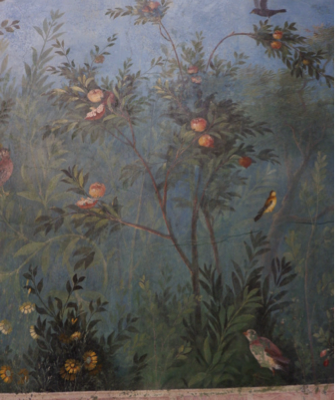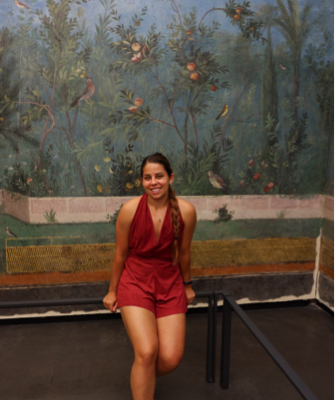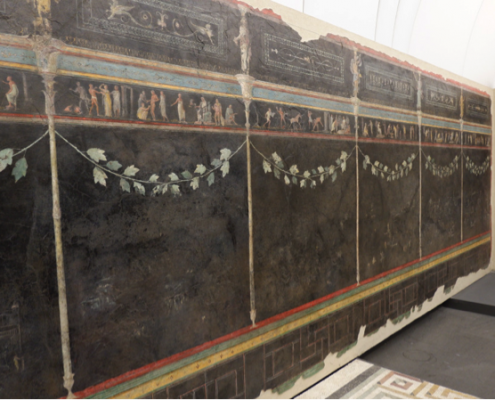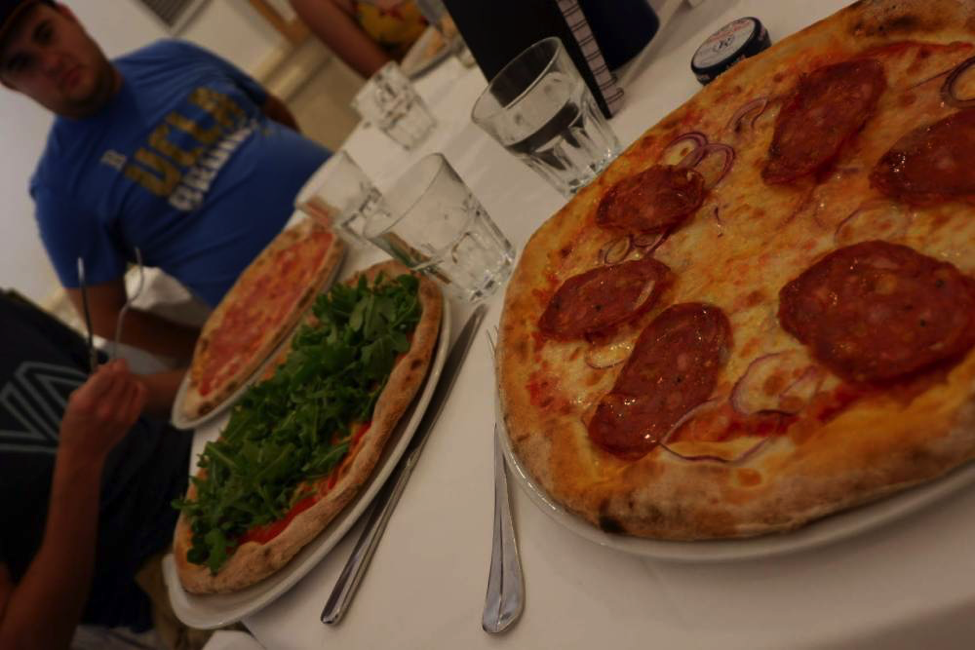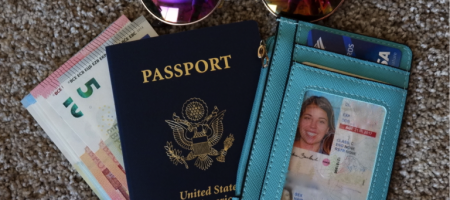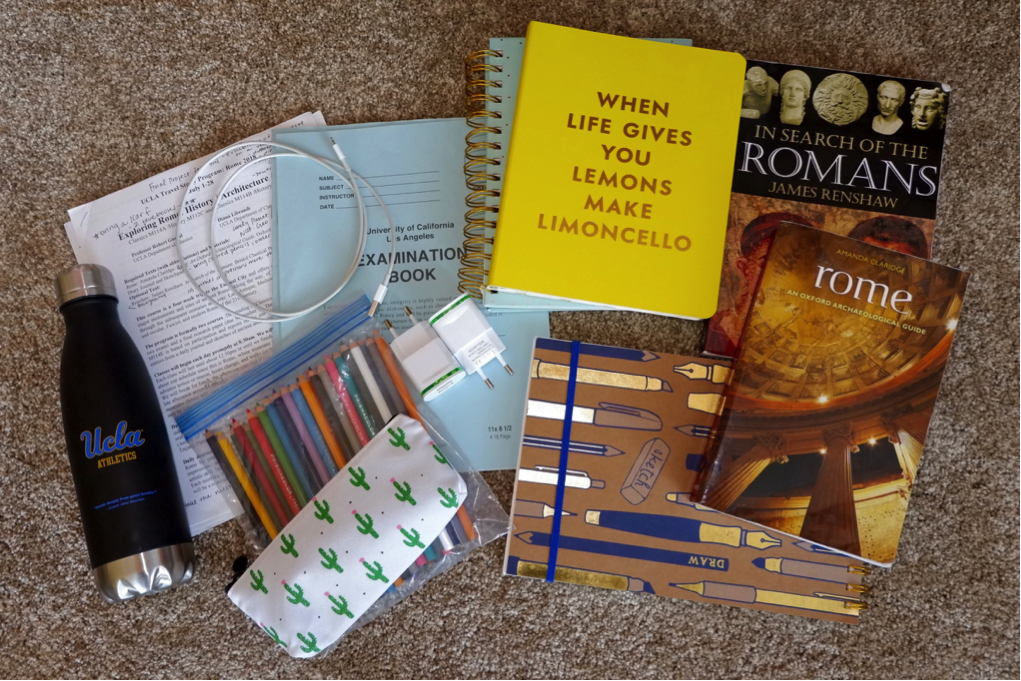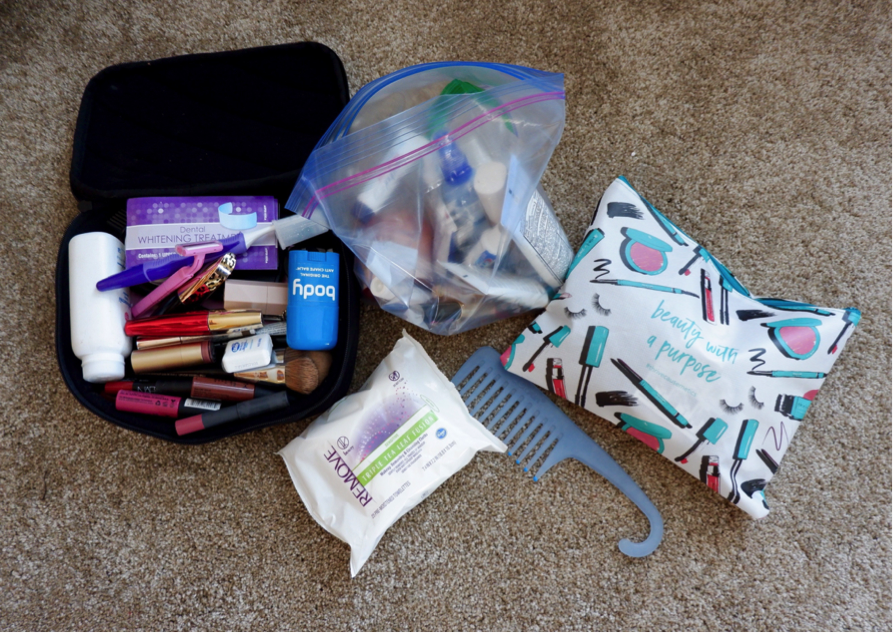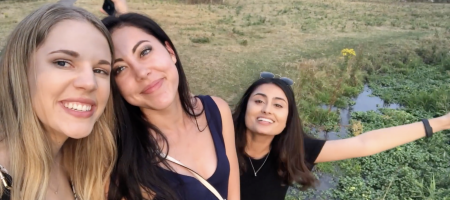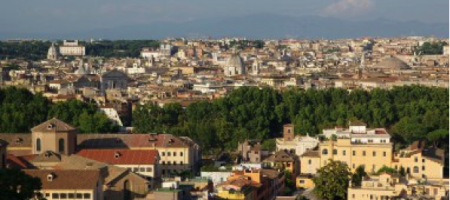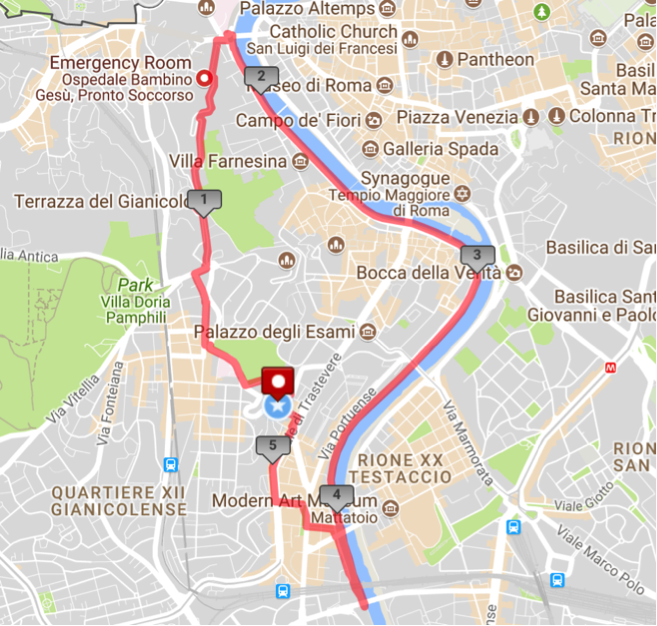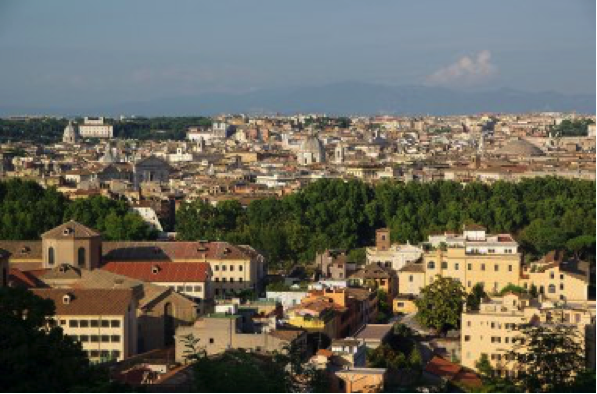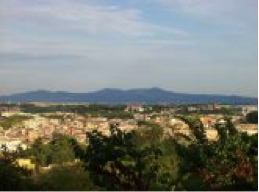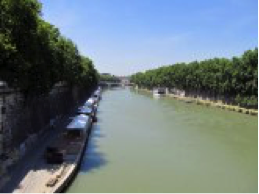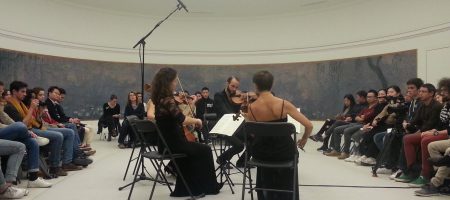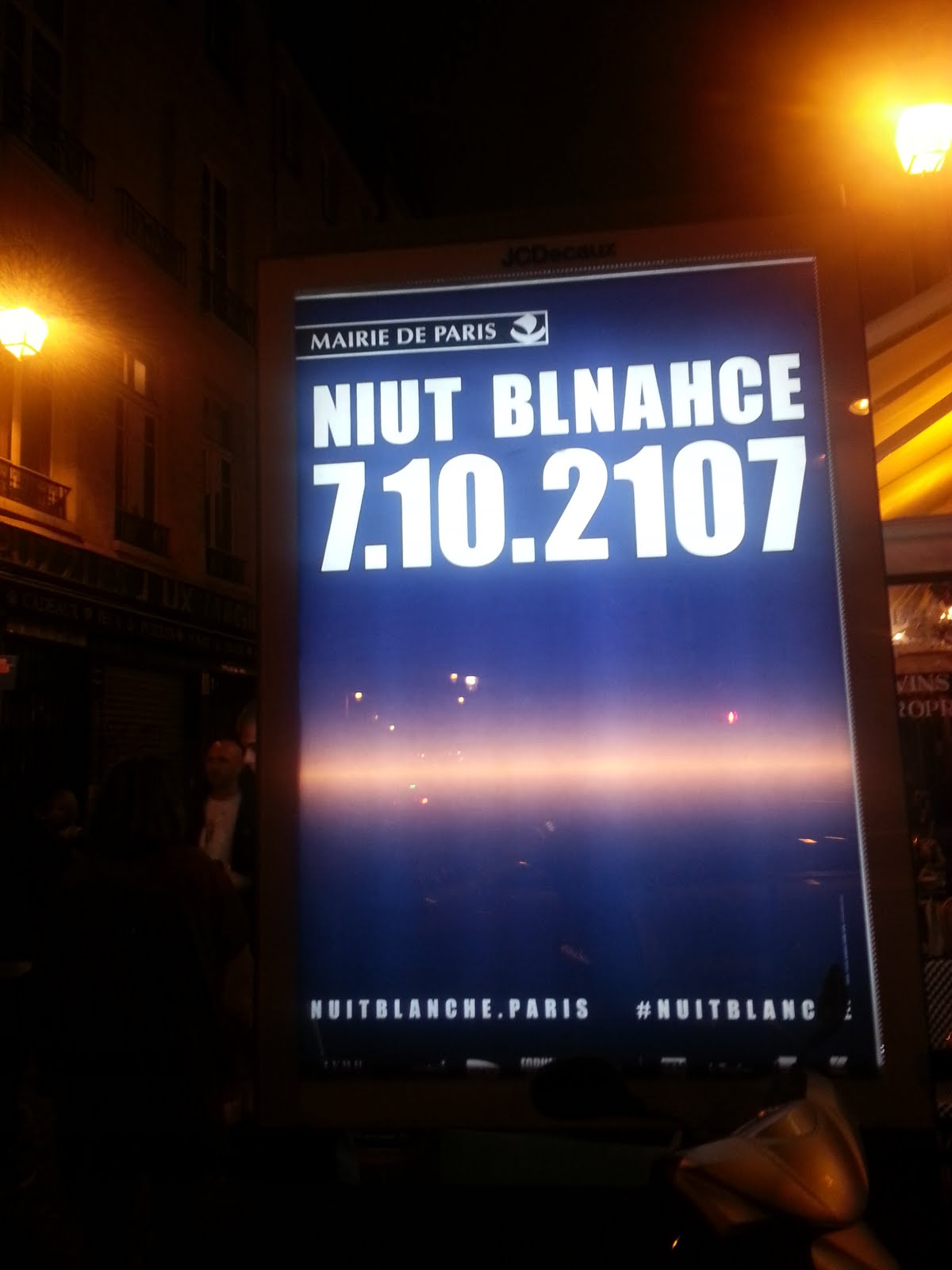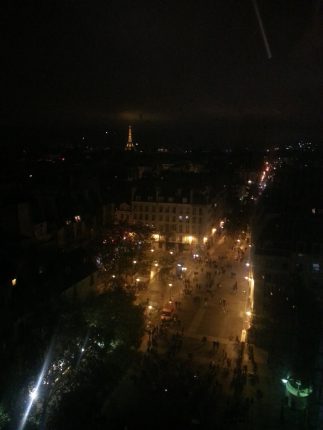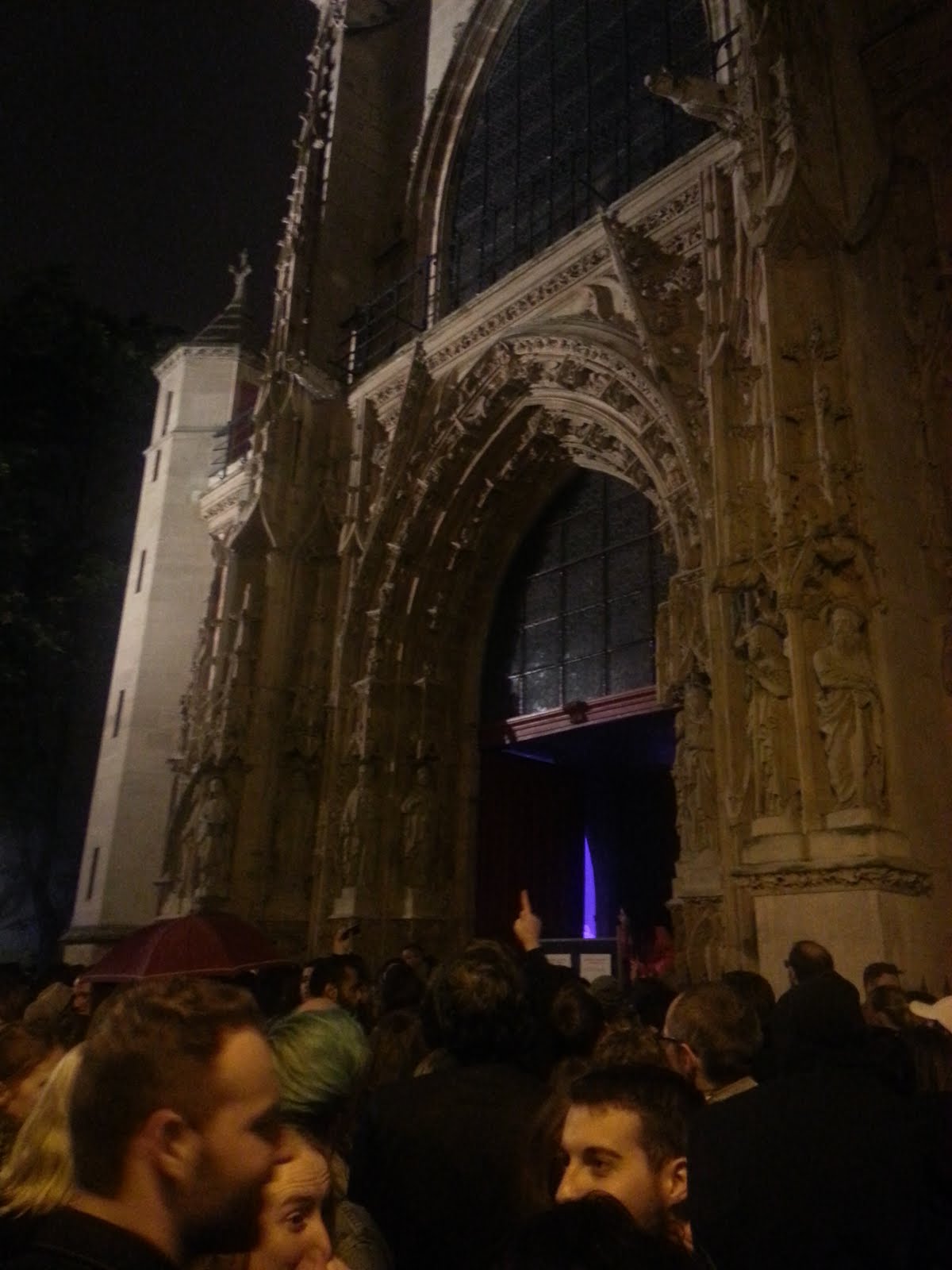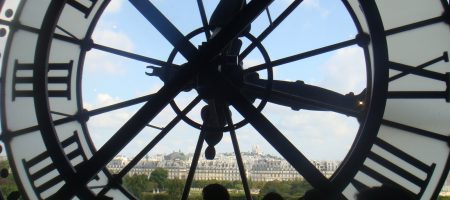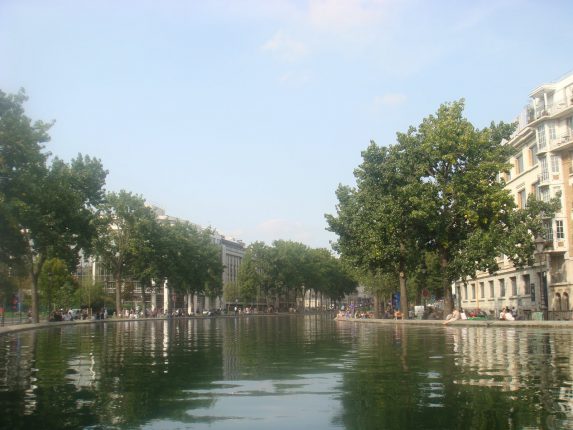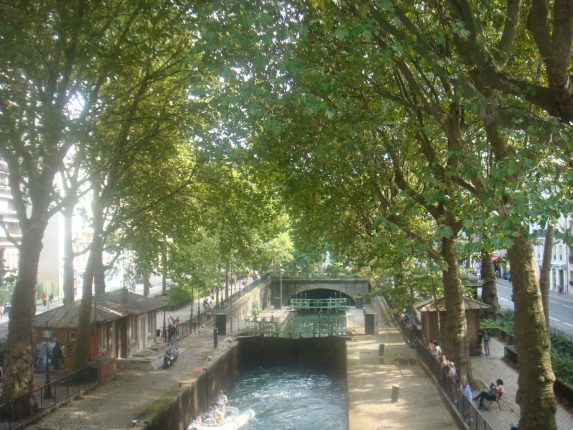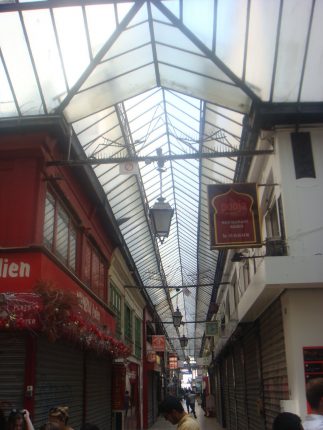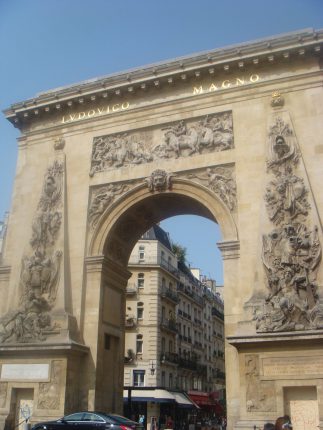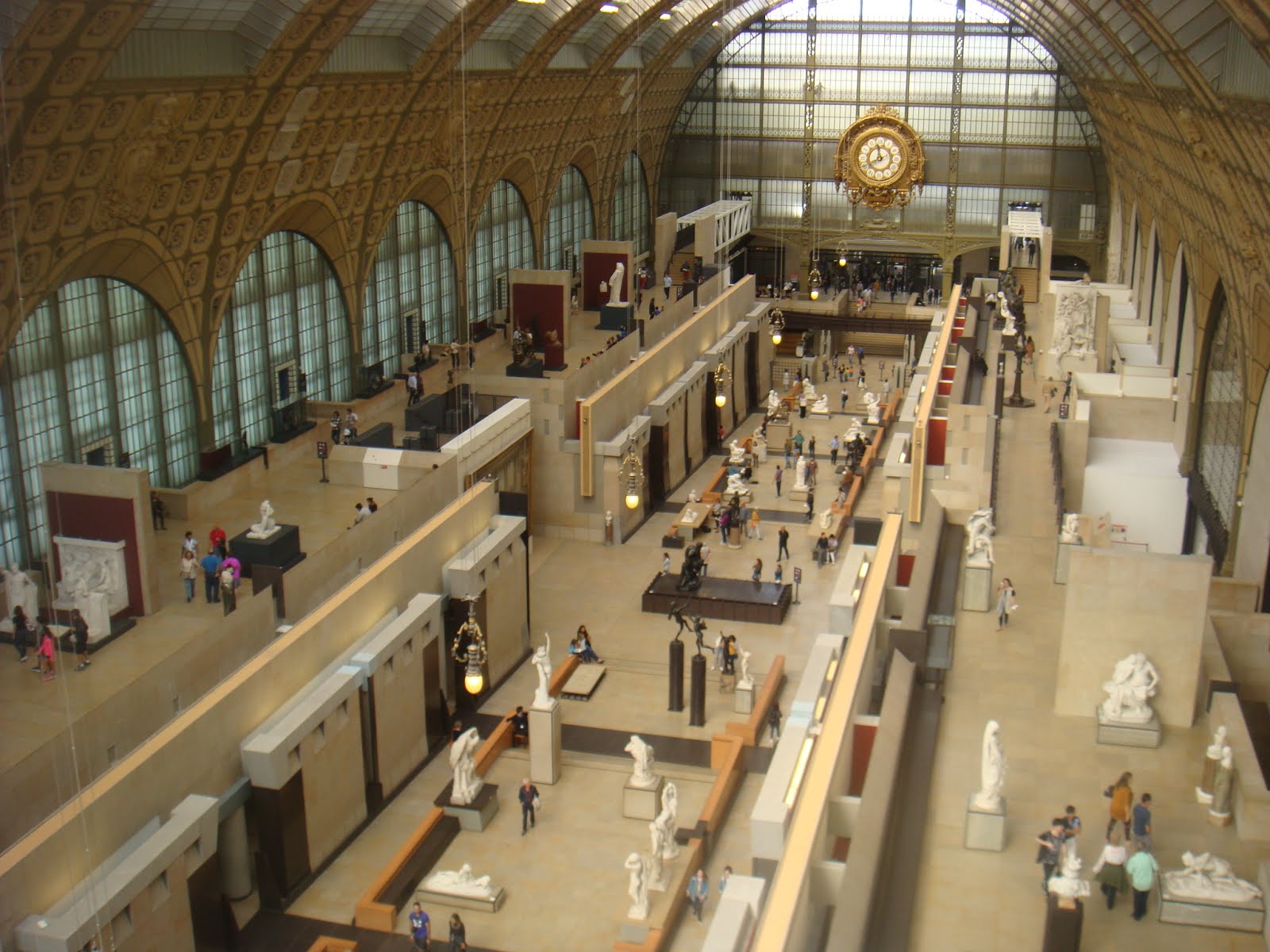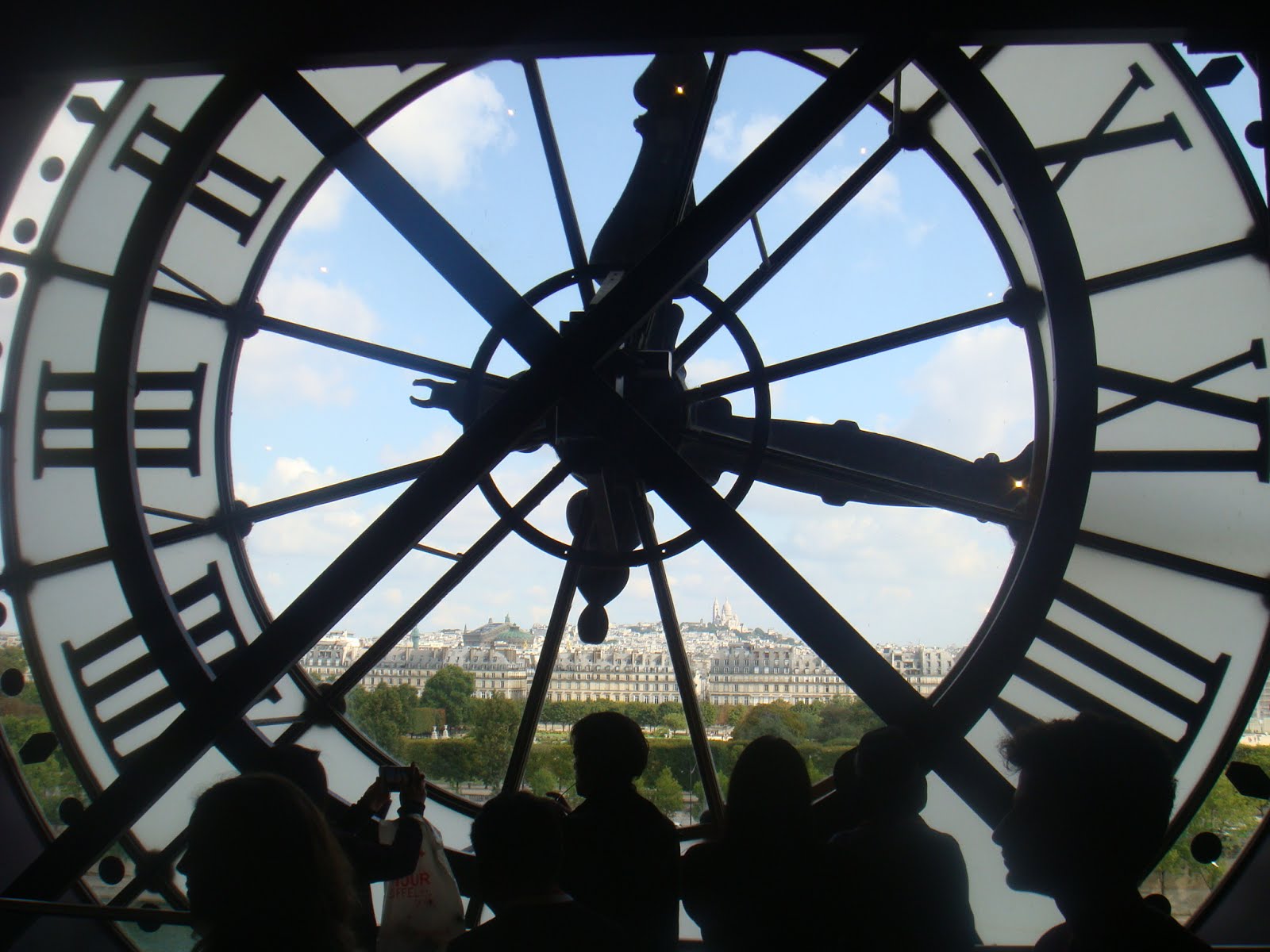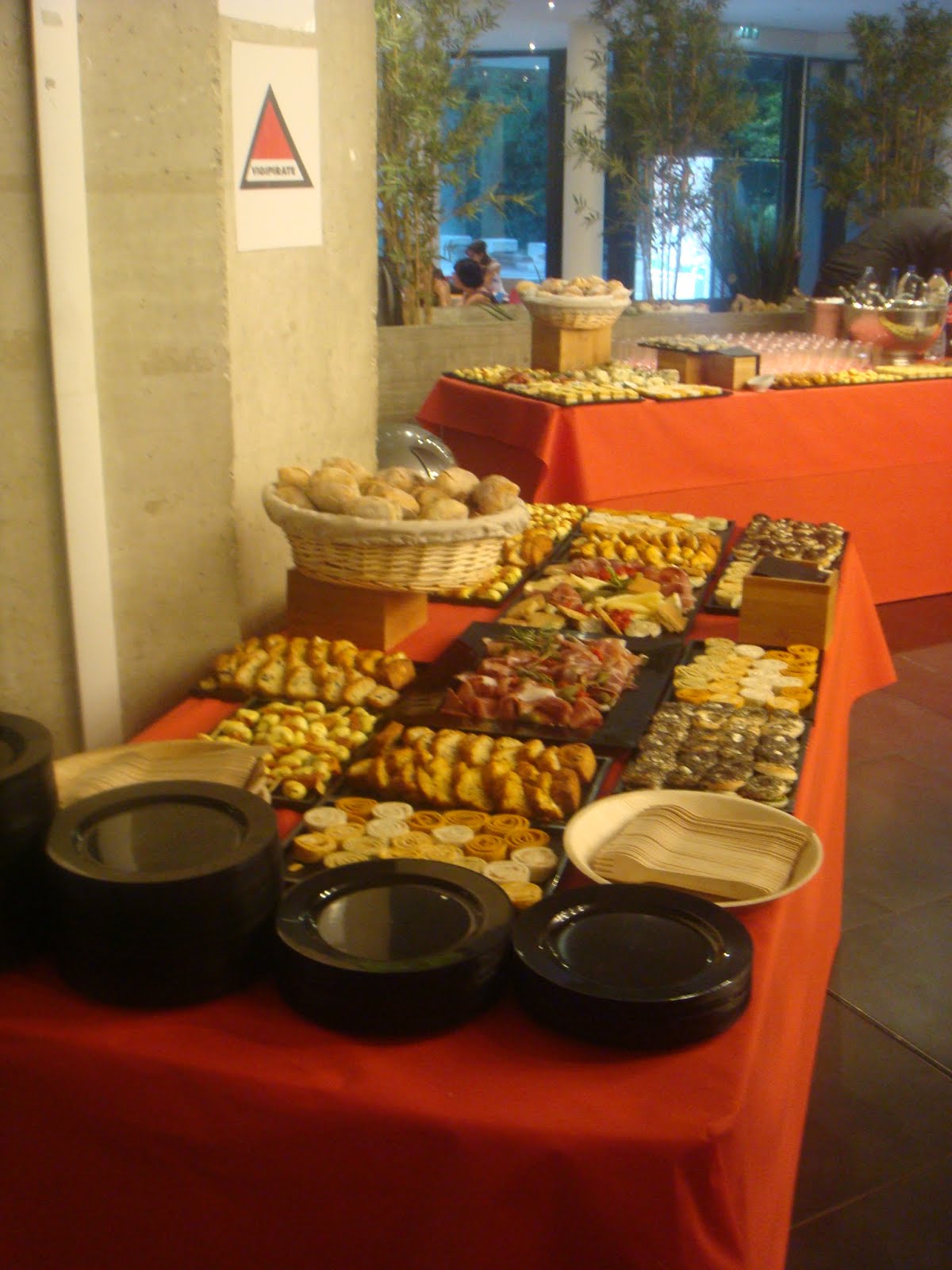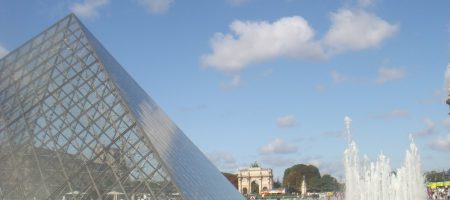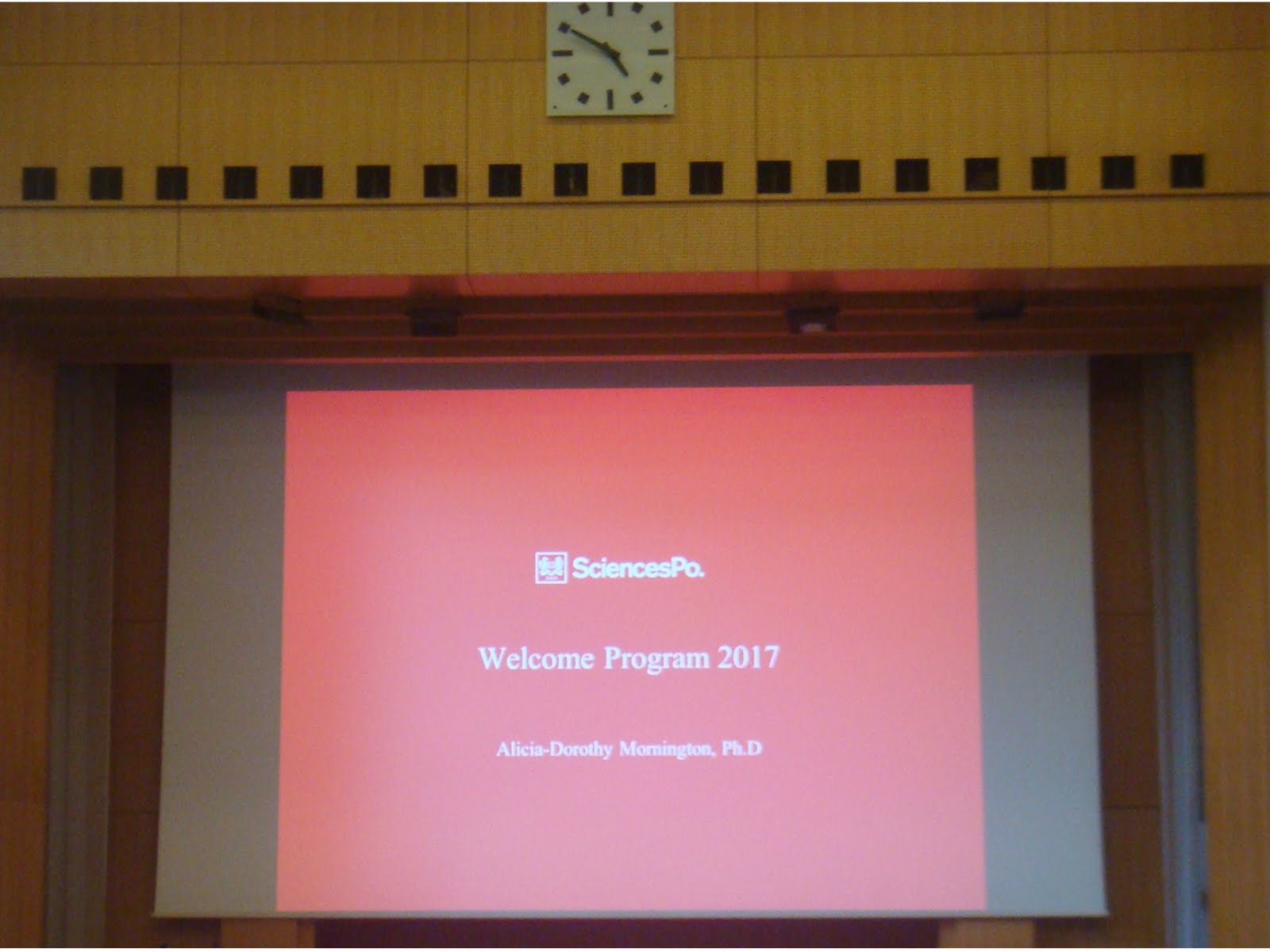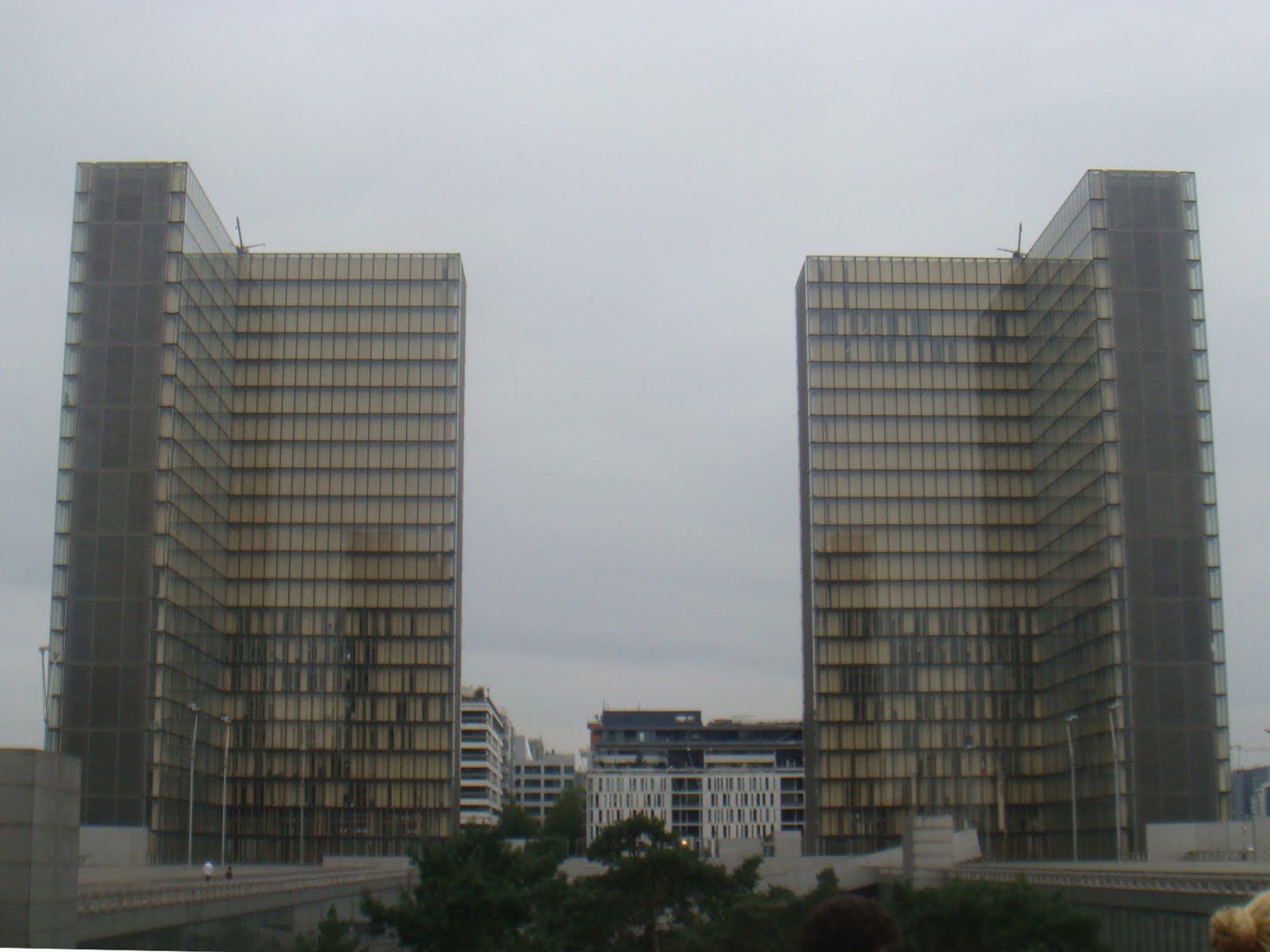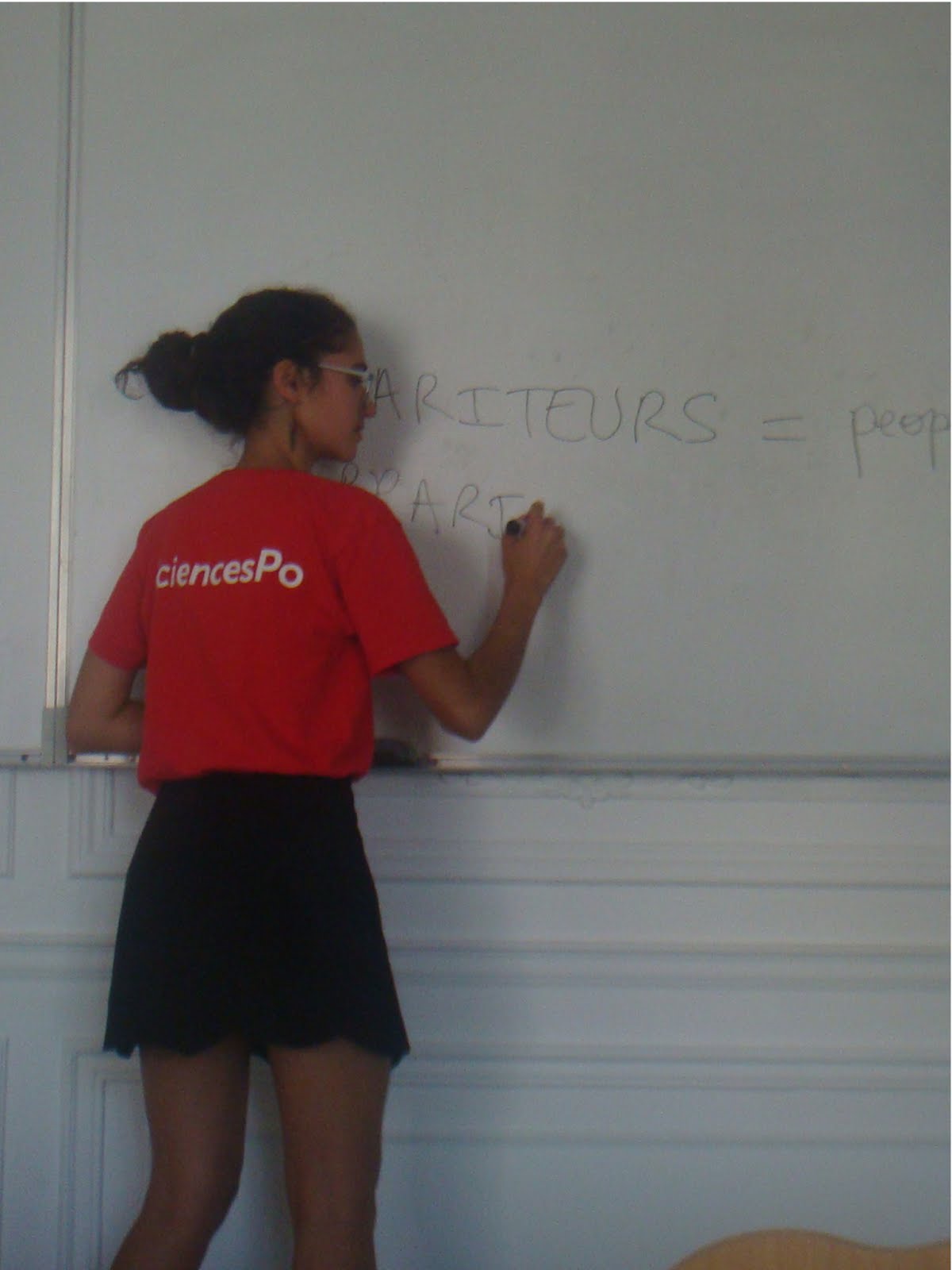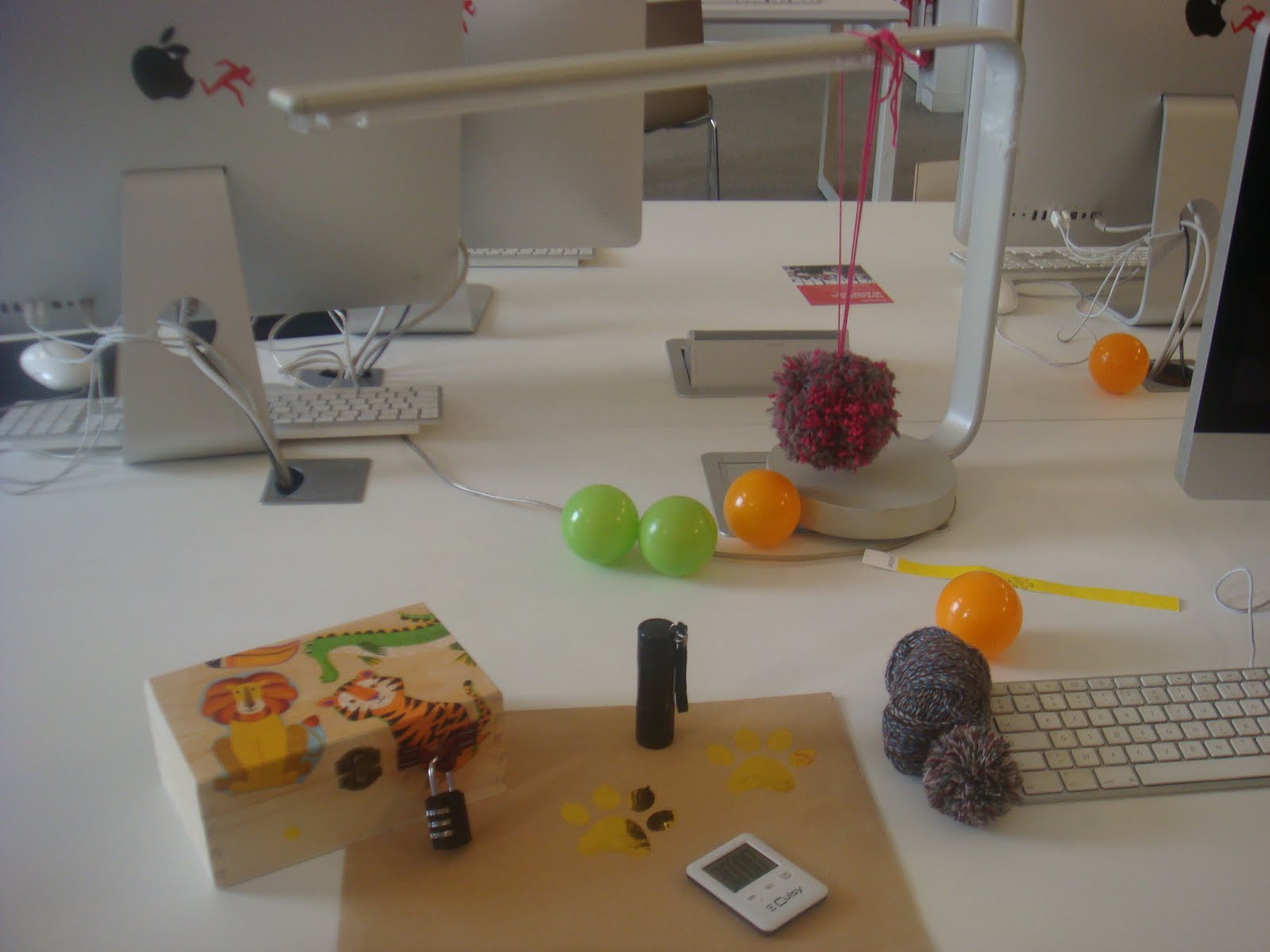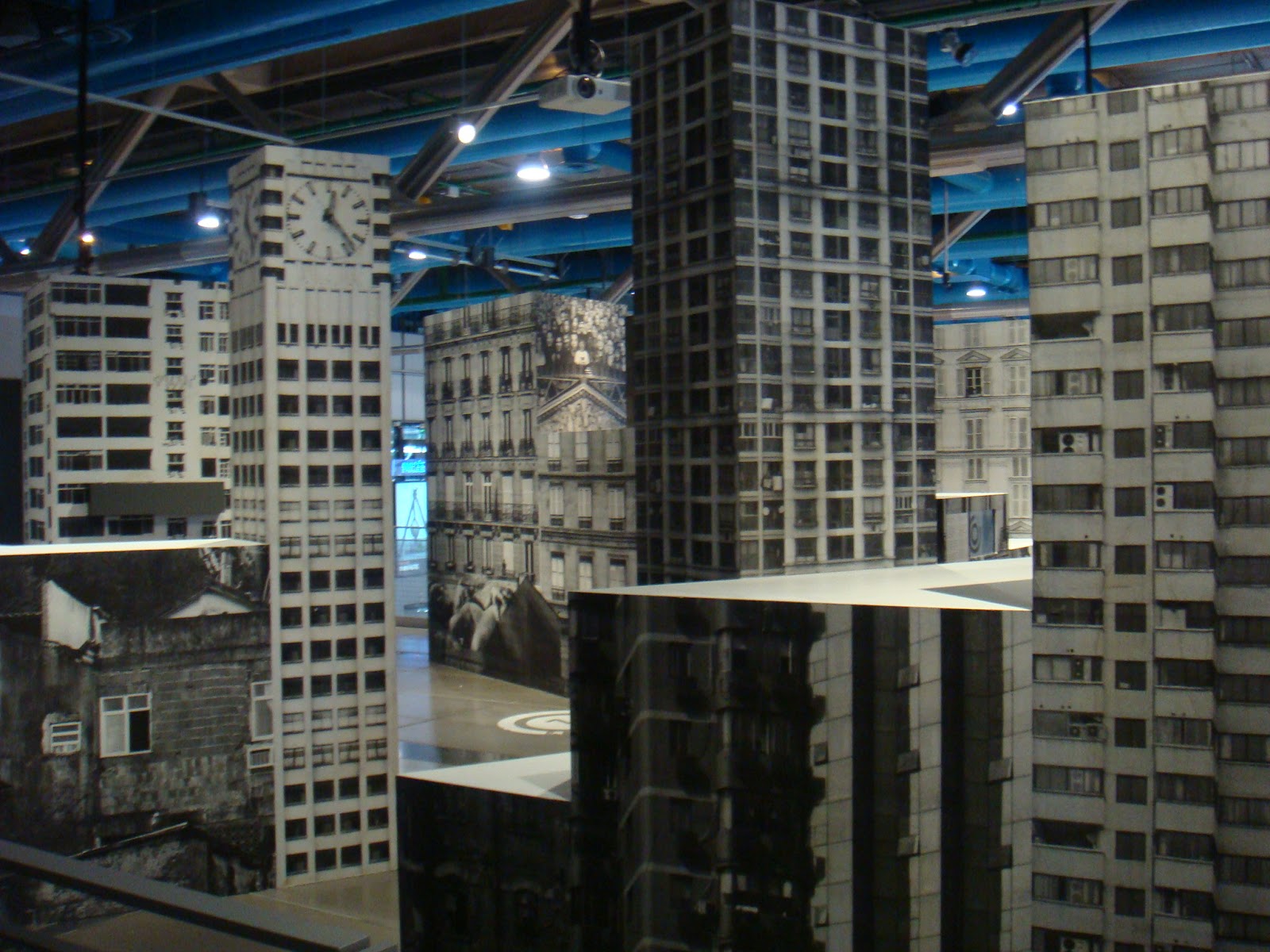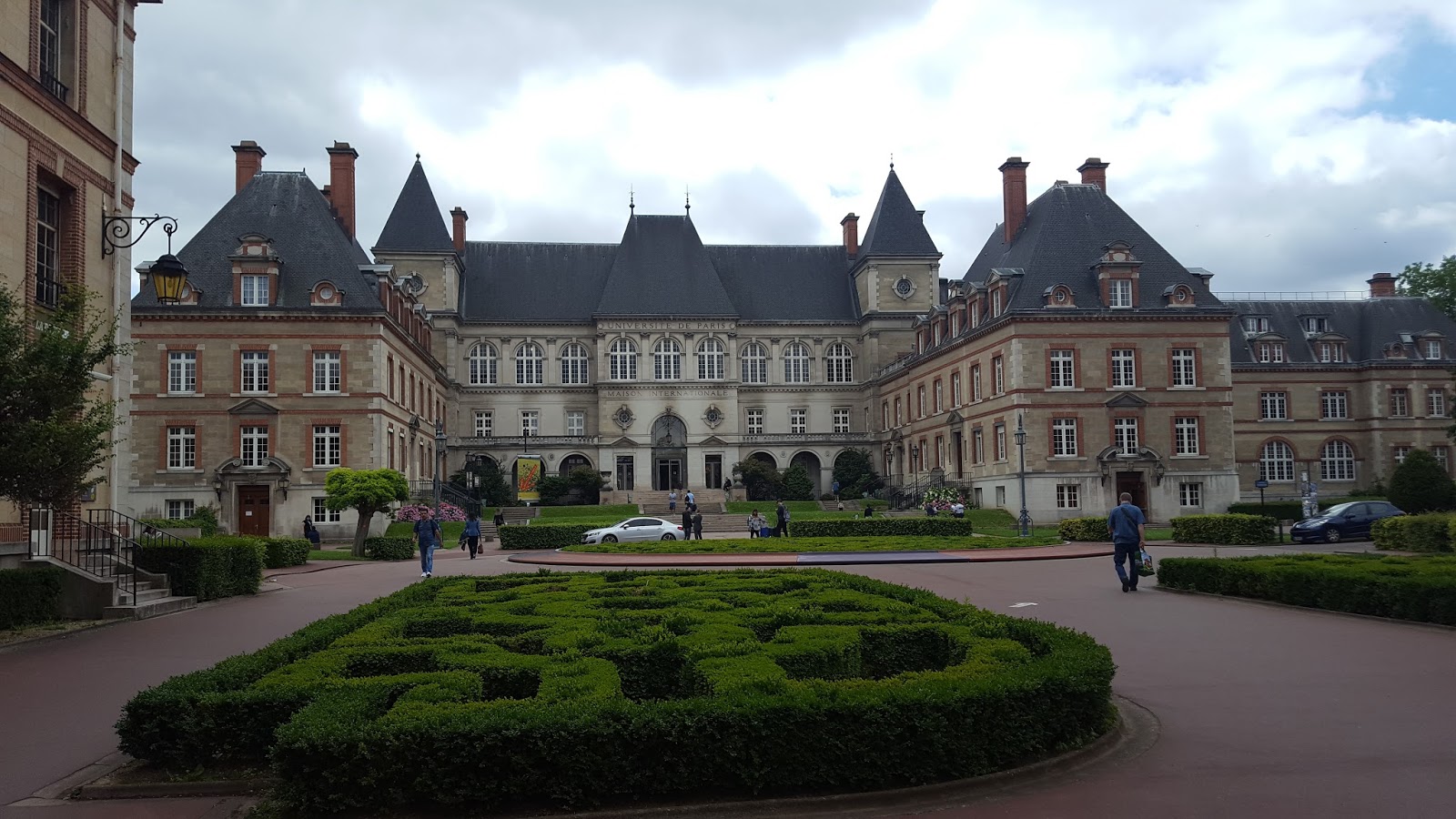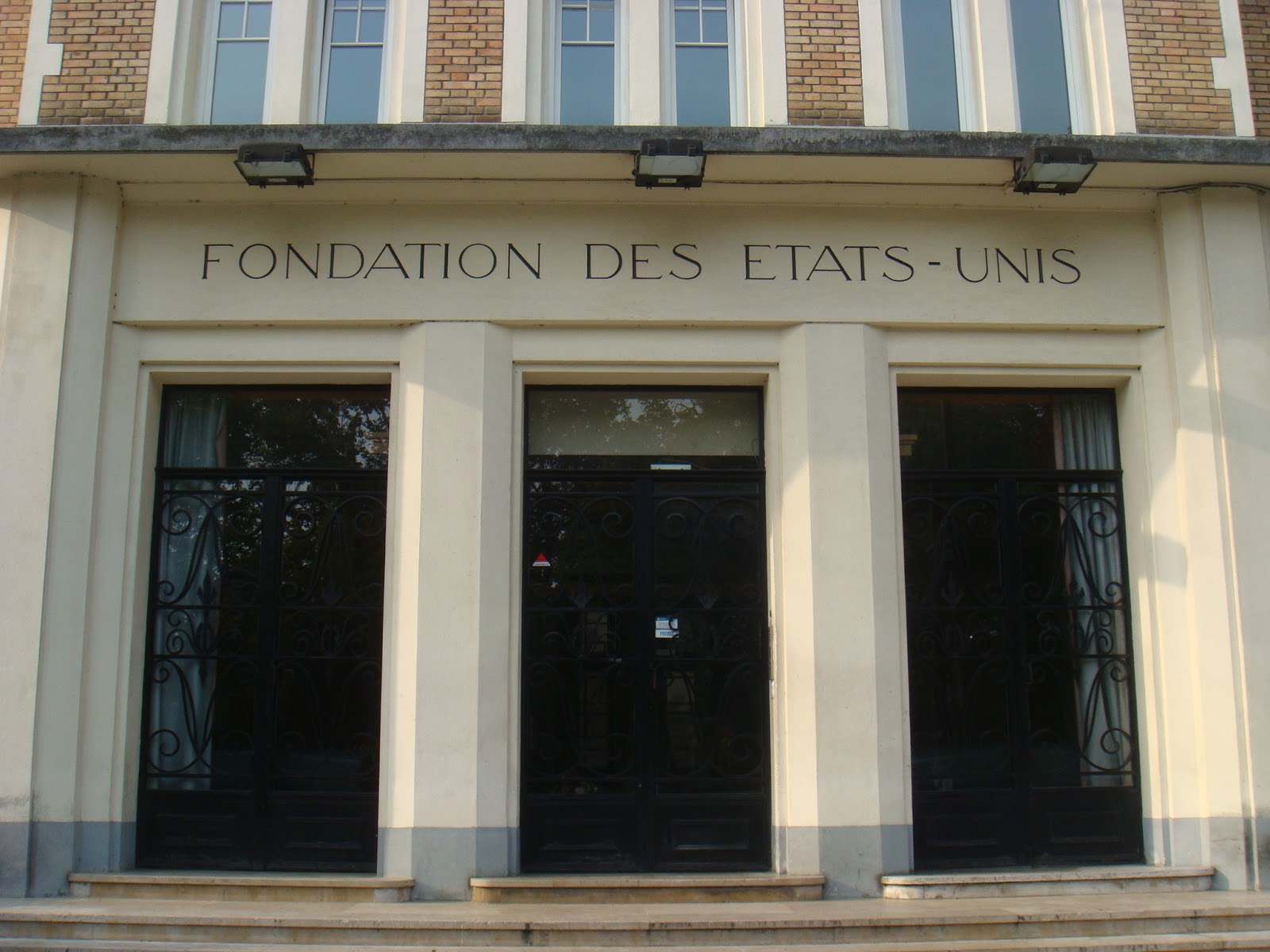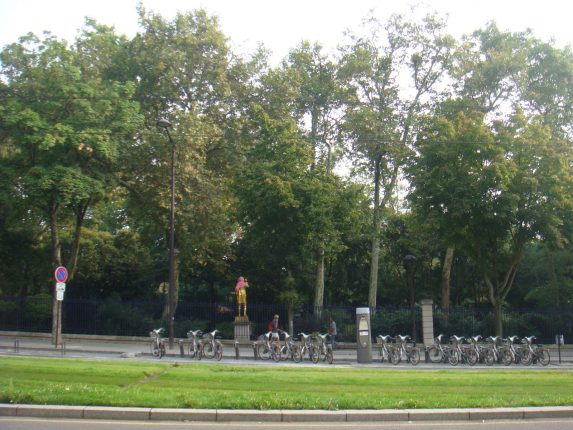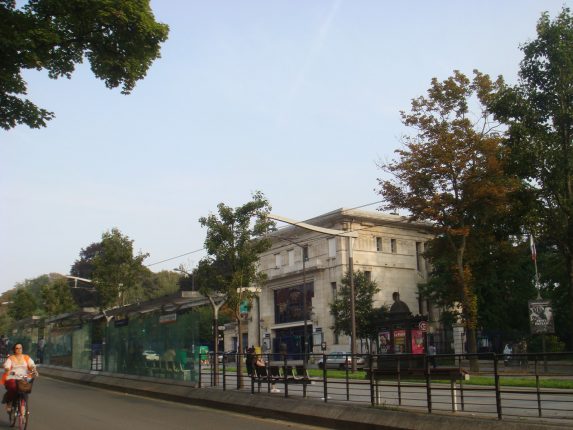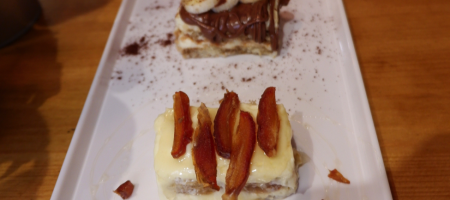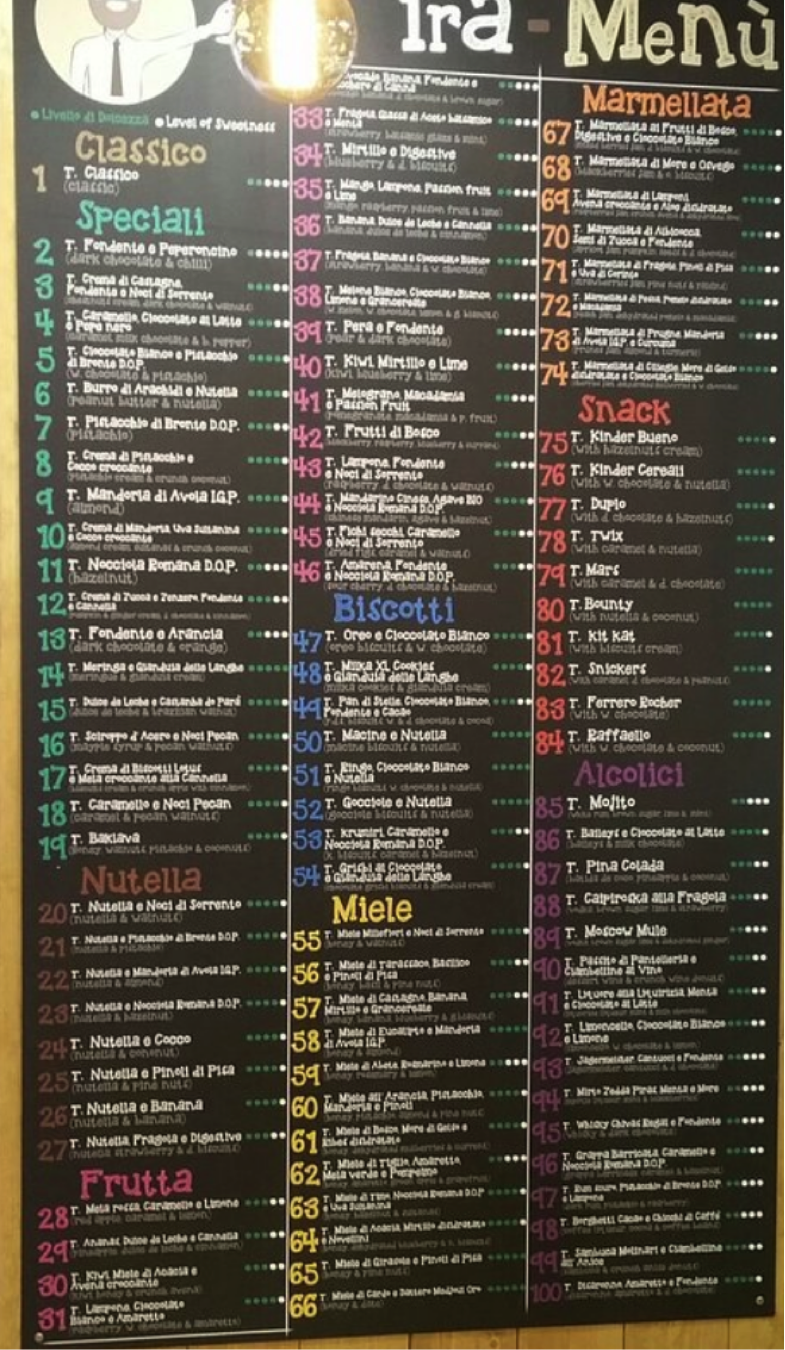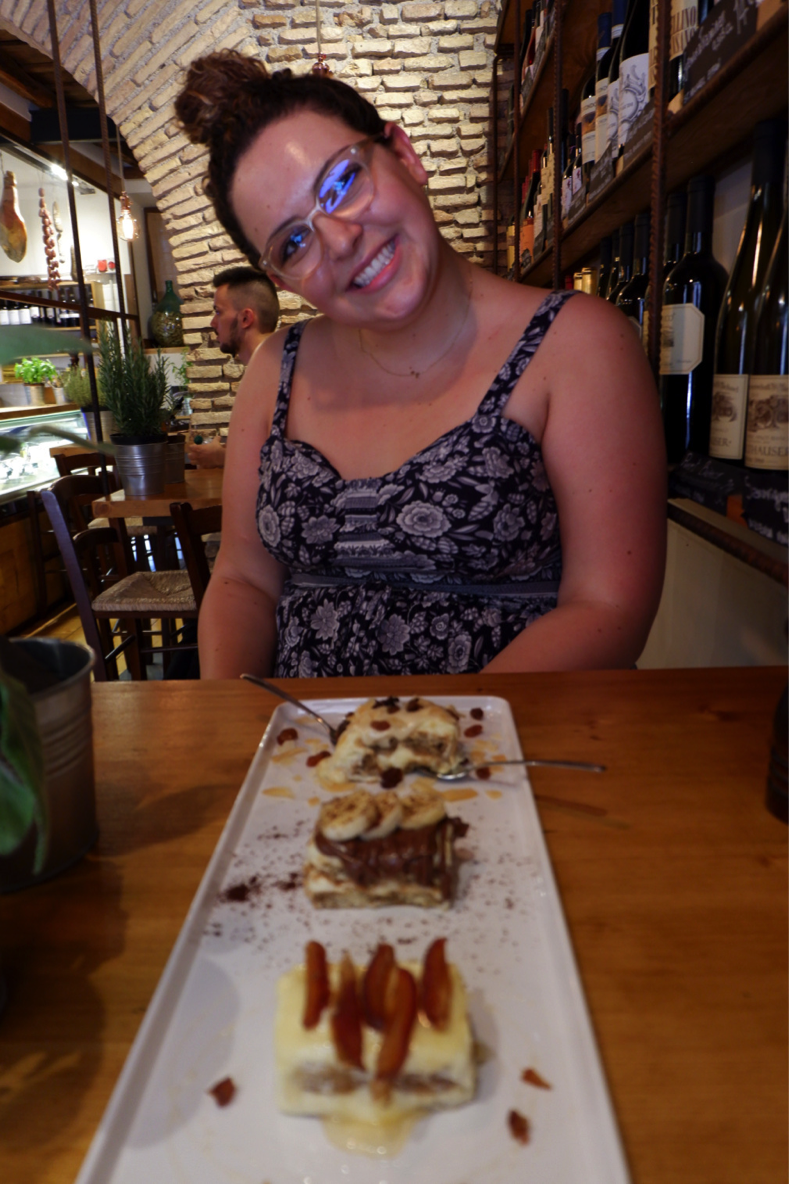Italy | Palazzo Massimo alle Terme
By Andrea Zachrich
This was one of the most fun museums we got to visit, mostly because we got to go through it at our own pace. We goofed around a little bit with some of the art, and they had some really interesting exhibits as well.
A little background
The Palazzo Massimo alle Terme is one of four Roman National Museums. The other three are the Baths of Diocletian, Palazzo Altemps, and Crypta Balbi. Our class also visited the Crypta Balbi and the Baths of Diocletian (as an optional trip), but I’m not sure I would go to the other ones. The Crypta Balbi (which is over by the Largo Argentina) is cool because it goes through a bunch of layers of excavations, from an ancient stone theater to medieval and Renaissance pieces, but it is fairly small. The Baths of Diocletian mainly has ancient Roman inscriptions, but unless you have someone like our professor who can translate ancient Latin (or can do it yourself) it might not be the most interesting place to visit. We didn’t get to go to the Palazzo Altemps, but I’ve heard its mainly pieces from the Renaissance, which would be cool but was outside of the scope of our class. This museum is located near the Baths of Diocletian and the main train station in Rome, Termini. It’s pretty easy to spot because it’s a big, yellow building. The building was constructed during the 19th century, and was originally a Jesuit college, until 1960 when it was given to the city of Rome. In 1981, it became one of the buildings of the National Roman museum.
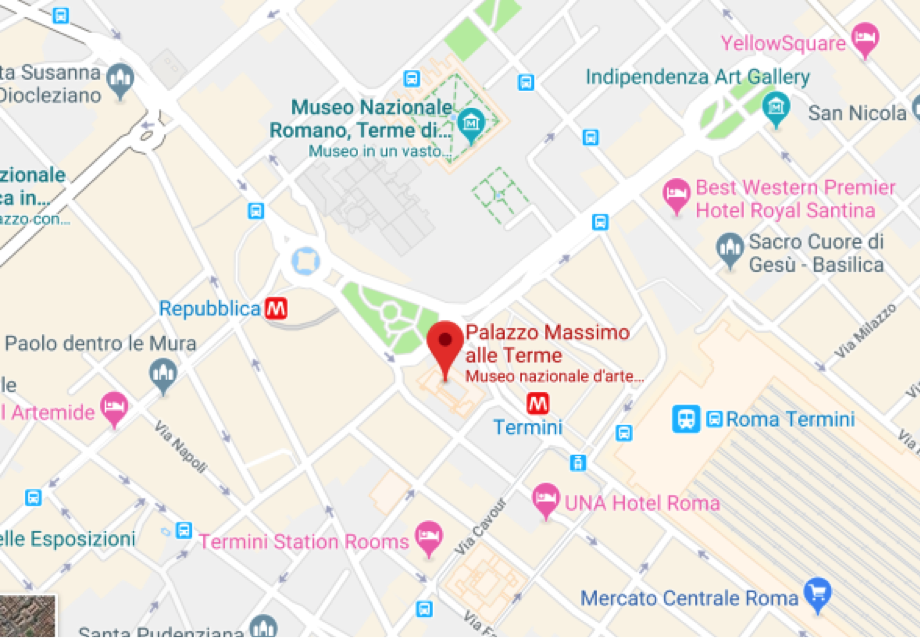
A little about my favorite pieces
This museum is massive, and there’s a lot of art, like a lot, like four entire floors of it. Here’s a few of my favorite ones.
The entire bottom floor is Roman coins, which is awesome. You can really learn a lot about the ancient Romans from their coins. During the Republican era, wealthy Romans would commission coins to glorify their actions and their family, often using them as a way to gain publicity before an election. During the imperial era, emperors would commission coins with monuments they built, their face, or symbols of popular actions they took as a way to remind the people of their power or increase their popularity. The coins can also be useful in determining what certain ancient monuments that no longer survived looked like. For example, we know the Temple of Deified Julius Caesar, of which there are only foundations left today, had a star on its pediment because we’ve found a coin with a representation of the building.
The statues there are also amazing, and there’s an almost overwhelming amount. The Boxer, a well-preserved bronze statue of a boxer, is very cool and amazingly detailed. You can really see how exhausted the boxer is, and if you look closely, you’ll notice that the sculptor even included scars on his subject’s face. They also have a couple of copies of The Discus Thrower, a commonly copied statue. The original in Greek. Additionally, they have many busts of Emperors, including a particularly cool one of Augustus as Pontifex Maximus (the head priest of Rome). There’s also many statues of gods and goddesses. Below I included some examples of statues from the museum.
Something unique about this museum that not many other museums have is mosaics. This place has a ton of mosaics, and there are some really beautiful ones. My personal favorite is one that depicts a scene from the Nile river in Egypt, and even has a hippopotamus!
Lastly, the crowning jewels of this museum is their huge collection of frescoes, many of which are beautifully preserved with vibrant colors. They display these frescoes in a really unique way by placing them on the walls in rooms exactly how they were found and, in some cases, allowing you to walk around in the room to get a sense of what the room they were in looked like. Our Professor even gave a lecture in a room of frescoes from the Villa Livia in Primaporta – a villa owned by the wife of Augustus in the Roman town Primaporta, and they are gorgeous.
Tips for visiting
The combined ticket for this museum, which costs 12 euros and is valid for three days, will also get you into the three other Roman National Museums discussed earlier: The Baths of Diocletian, Palazzo Altemps, and Crypta Balbi. The singular ticket that just works for the one museum is 10 euros, so if you’re thinking about visiting any of the other museums, getting the combined ticket would be the way to go. This museum wasn’t crowded (like, at all), but as with many museums in Rome, it doesn’t have air conditioning, so the earlier you can go, the better. The hours are from 9:00 am to 7:45 pm most of the days, so I imagine an evening visit would be nice as well. They make you check your backpacks and large bags, but they have a free coat check, so it’s really not an issue.
Where to eat after
Eataly! (Get it, like Italy but you’re eating). If you live in West Los Angeles, you might already know what Eataly is because the Italian company recently opened a store in the Century City Mall. Eataly is a meat shop, cheese shop, coffee shop, pastry shop, market, and restaurant all rolled into one large building. In the one near the Palazzo Massimo, the restaurant is on the top floor, and the market and coffee shop are on the bottom. It’s a fun place to go to grab a coffee, pastry, some meat selections, or even eat a meal like we did. They have a massive selection of items (I think the pizza list had around 40 different pizzas listed) and it was good. It was also fun to go because now we know that the one in Los Angeles is authentic and we can compare the two when we get back to school!
In short, if you have some extra time in Rome, this museum is definitely worth a visit. I don’t know if I would put it at the very top of my list because it’s a little out of the way and not necessarily as iconic of Rome as the Pantheon or the Coliseum or even the Capitoline museum, but it was fun to visit because they have a wide variety of pieces, it’s not very crowded, and it’s right by a delicious restaurant. If you have the time, and you’re a fan of ancient Roman art, its worthwhile to go!


